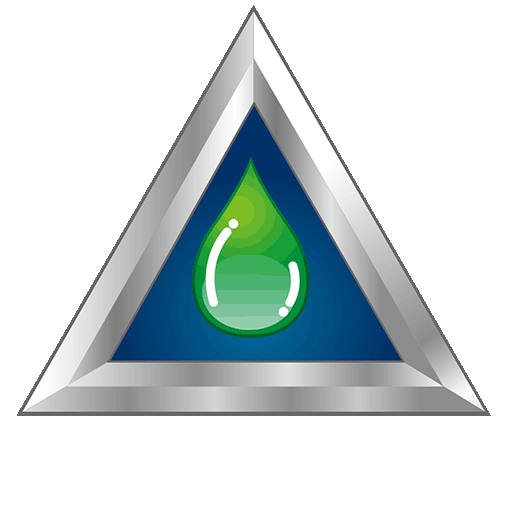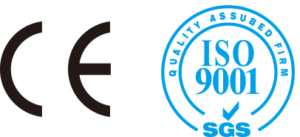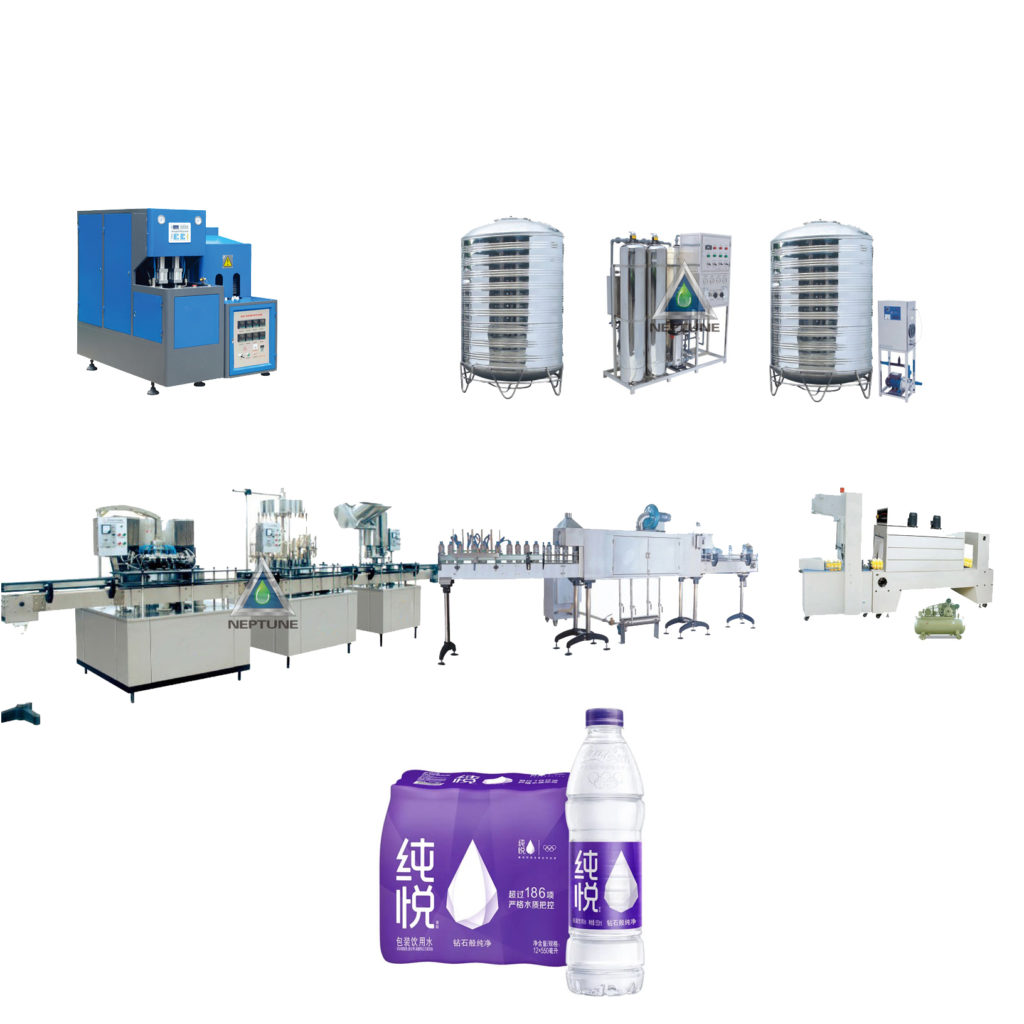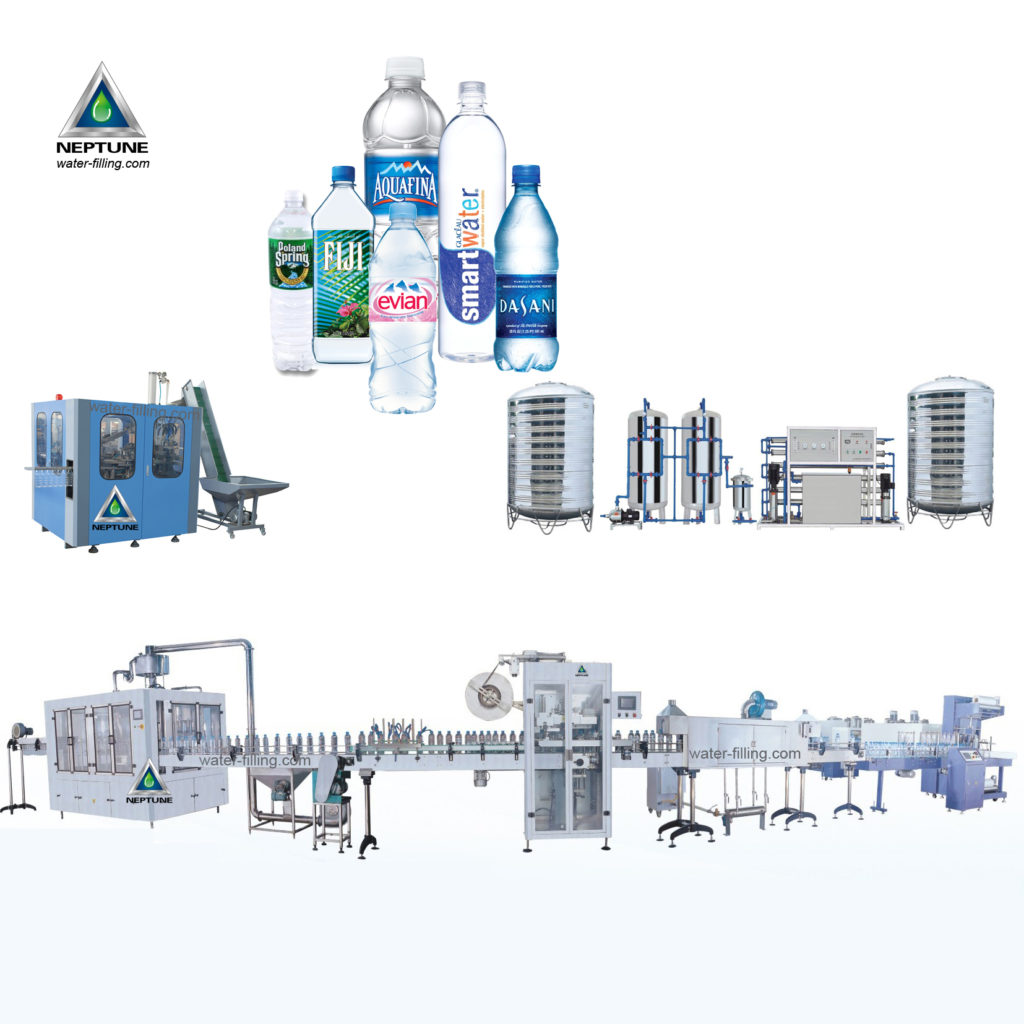STEP 1: Research & location
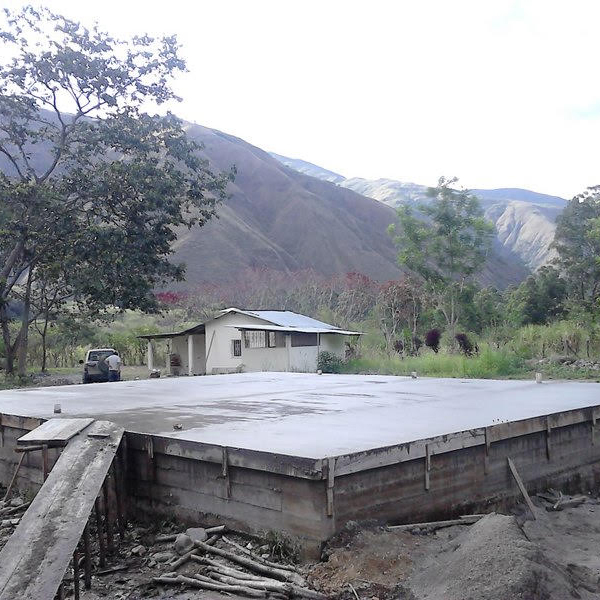
Research the market and identify potential customers: Before starting your bottled water business, it is important to conduct market research to understand the demand for different types of water and identify potential customers. This will help you to tailor your business plan and marketing strategy to the needs of the market.
Obtain the necessary licenses and permits: In order to operate your bottled water business legally, you will need to obtain the necessary licenses and permits. This may include a business license, as well as permits for bottling and distributing water. It is important to check with your local government to determine the specific requirements for your business.
Select a suitable location: Your bottled water business will need a suitable location for bottling and distributing water. This should be a convenient and accessible location for your customers, as well as having adequate space and infrastructure for your operations.
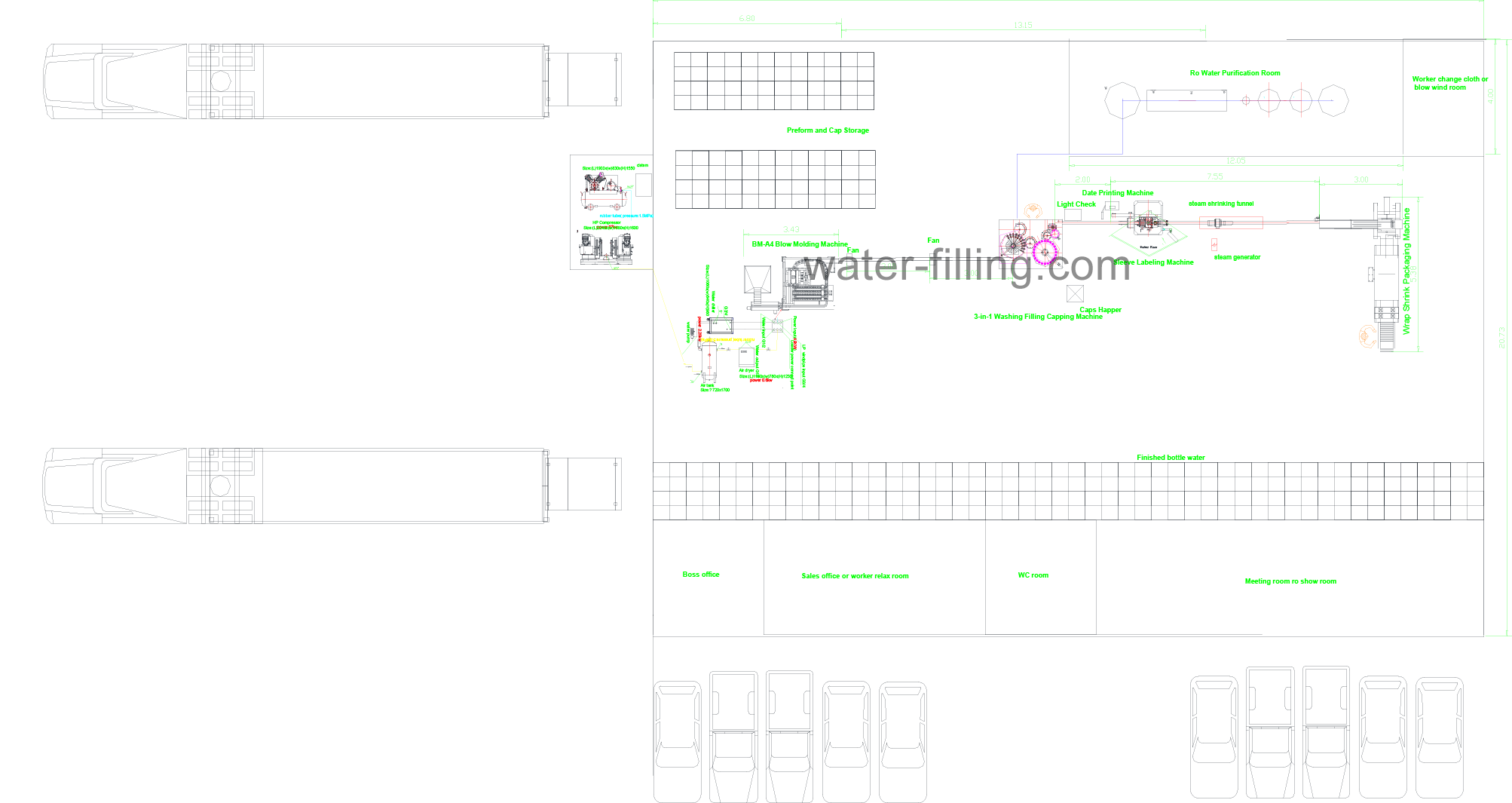
A bottled water building is a structure that is used for the production and distribution of bottled water. It may be a standalone building or part of a larger facility, and typically includes space for water filtration and purification, bottling and labeling, storage, and distribution.
The design and construction of a bottled water building will depend on a range of factors, such as the location, size, and operations of the business. The building should be designed to meet the specific needs and requirements of the bottled water business, and to ensure the safety, quality, and efficiency of its operations.
The construction of a bottled water building typically involves several key steps, such as:
- Planning and design: The first step in building a bottled water building is to develop a detailed plan and design. This will involve assessing the needs and requirements of the business, as well as the site and local regulations. The design should include the layout and features of the building, such as the water filtration and bottling equipment, storage and distribution facilities, and office and support spaces.
- Procuring materials and equipment: The next step in building a bottled water building is to procure the necessary materials and equipment. This may include the building materials, such as concrete, steel, and insulation, as well as the water filtration and bottling equipment, and other supplies and fixtures.
- Constructing the building: The construction of the bottled water building involves assembling the various components and systems, according to the plan and design. This may involve excavation, foundation work, framing, plumbing, electrical, and other specialized work.
- Commissioning and testing: Once the bottled water building is complete, it will need to be commissioned and tested to ensure that it is operating properly and meeting the requirements of the business. This may involve testing the water filtration and bottling equipment, as well as the storage and distribution facilities.
By following these steps, a bottled water building can be built and equipped to support the production and distribution of bottled water.
STEP 2: Register & license
The process of registering a bottled water company in Africa will vary depending on the specific country and location. However, there are some general steps that are commonly followed in the process of registering a business in Africa:
- Choose a business name and register it: The first step in registering a bottled water company in Africa is to choose a business name and register it with the relevant authorities. This will ensure that the name is unique and not already in use by another business.
- Obtain the necessary licenses and permits: In order to operate your bottled water business legally, you will need to obtain the necessary licenses and permits. This may include a business license, as well as permits for bottling and distributing water. It is important to check with the local government to determine the specific requirements for your business.
- Register with the tax authorities: In order to comply with tax laws and regulations, you will need to register your bottled water business with the relevant tax authorities. This will involve providing information about your business, such as its name, location, and business activities.
- Register with the relevant regulatory authorities: Depending on the country and location, you may need to register your bottled water business with other regulatory authorities. This may include agencies that oversee the quality and safety of bottled water, as well as environmental and health agencies.
- Register for social security and employee benefits: If you plan to hire employees for your bottled water business, you will need to register for social security and employee benefits. This will involve providing information about your employees and the benefits you offer, and making the necessary contributions to social security and other programs.
By following these steps, you can register your bottled water business in Africa and ensure that it is operating legally and compliant with relevant laws and regulations.
The specific licenses and permits required for a bottled water business will vary depending on the location and regulations of the business. However, there are some common licenses and permits that may be required for a bottled water business, such as:
- Business license: A business license is a legal document that allows a business to operate within a specific jurisdiction. In order to obtain a business license for a bottled water business, you will need to submit an application to the relevant authorities, providing information about your business, such as its name, location, and activities.
- Water source permit: In order to operate a bottled water business, you will need to have a source of water. This may be a natural spring, well, or other source of water. In most cases, you will need to obtain a permit from the relevant authorities to access and use the water source.
- Bottling and distributing permit: Depending on the location and regulations of your bottled water business, you may need to obtain a permit to bottle and distribute water. This permit will typically require you to demonstrate that your bottled water meets the relevant safety and quality standards.
- Other permits and licenses: In addition to the licenses and permits mentioned above, you may also need other permits and licenses for your bottled water business, depending on the specific requirements of your location and operations. This may include permits for the use of specific packaging materials, transportation, and other activities.
It is important to check with the relevant authorities to determine the specific licenses and permits required for your bottled water business. This will ensure that your business is operating legally and compliant with relevant laws and regulations.
STEP 3: Machinery & installation
Choose the right equipment and supplies: To successfully operate a bottled water business, you will need the right equipment and supplies. This may include water filtration and purification systems, bottle blowing machine, bottling and labeling equipment. It is important to carefully research and compare different options to find the best equipment for your business.
Complete high quality all-inclusive water bottling Plant
STEP 4: Brand and design
Deciding on a brand for your bottled water business can be a challenging and important decision. Here are some key considerations to keep in mind when choosing a brand for your bottled water:
- Understand your target market: It is important to have a clear understanding of your target market and the needs and preferences of your customers. This will help you to identify the right brand positioning and messaging for your bottled water.
- Research the competition: It is important to research the competition and understand the existing brands and offerings in the market. This will help you to identify potential gaps and opportunities for your brand, as well as avoid potential conflicts with existing brands.
- Develop a unique brand identity: Your brand should be distinctive and memorable, and should clearly communicate the value and benefits of your bottled water. Consider factors such as the name, logo, and packaging design of your brand, and how they can help to differentiate your bottled water from others.
- Align with your business values and mission: Your brand should align with the values and mission of your business. This will help to ensure that your brand resonates with your customers and reflects the essence of your business.
- Test and refine your brand: Once you have developed a brand concept, it is important to test it with your target market and gather feedback. This will help you to refine and improve your brand, and ensure that it resonates with your customers and meets their needs.

Designing a plastic bottle for bottled water involves several key steps, including:
- Determine the size and shape of the bottle: The size and shape of the bottle will depend on factors such as the amount of water it will hold, the intended use of the water, and the packaging and transportation requirements. Consider the ergonomics and practicality of the bottle, as well as its aesthetic appeal.
- Select the material for the bottle: Plastic bottles for bottled water are typically made of polyethylene terephthalate (PET) plastic, which is strong, lightweight, and resistant to moisture and heat.
- Design the label and packaging: The label and packaging of the bottle are important elements of the overall design, as they provide information about the product and enhance its branding and marketing. Consider the color, fonts, and other design elements of the label, and ensure that they align with the branding and messaging of your bottled water.
- Test and refine the design: Once you have developed a bottle design, it is important to test it with your target market and gather feedback. This will help you to refine and improve the design, and ensure that it meets the needs and preferences of your customers.
STEP 5: materials
You will need a supply of preform, caps, labels, and pe packaging materials to hold and distribute the bottled water.
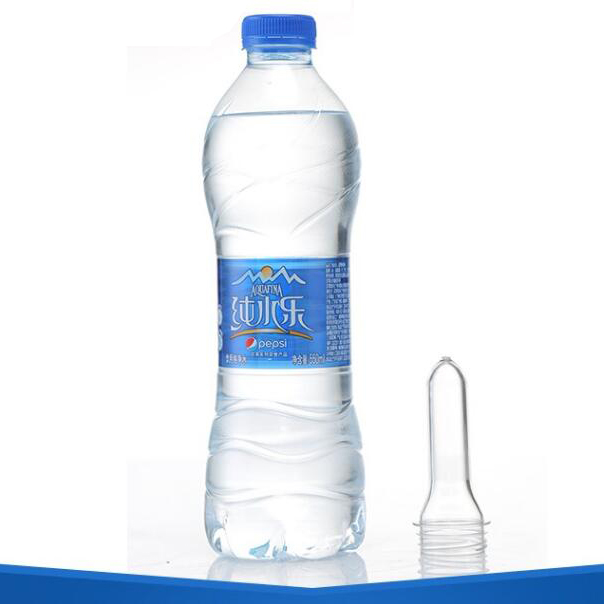
Preforms are commonly used in the bottling industry, as they provide a cost-effective and efficient way to produce water bottles.
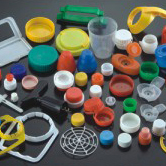
Water-cap is used to seal a bottle of water. Water-caps are typically made of plastic and are designed to be tamper-evident, leak-proof, and easy to open and close. They are used to prevent contamination of the water and ensure that it remains fresh and safe to drink.
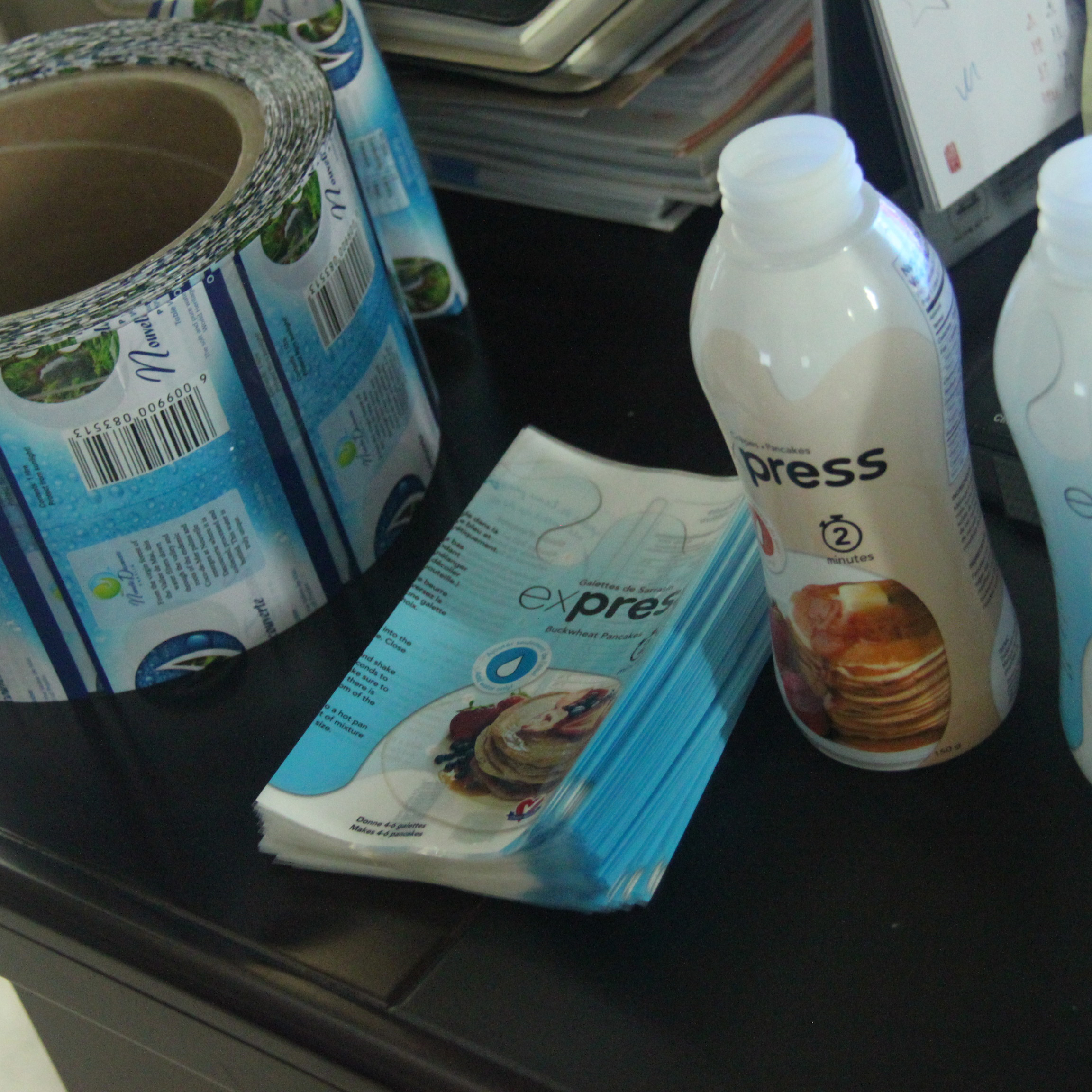
Sleeve labels are applied to the bottle by slipping them over the body of the bottle and securing them in place with adhesive. They can be easily removed and replaced, making them a versatile and cost-effective labeling option

PE shrink film is a type of plastic film that is used for packaging and protecting products. It is made of polyethylene (PE), which is a strong and durable material that is resistant to moisture and heat. PE shrink film is often used in the bottling industry, as it can protect bottled water from contamination and maintain its freshness.
STEP 6: marketing
Develop a marketing and sales strategy: In order to attract customers and grow your bottled water business, you will need to develop a marketing and sales strategy. This may include advertising and promotions, as well as developing relationships with potential customers and distributors.
Provide high-quality water and excellent customer service: To succeed in the bottled water industry, it is essential to provide high-quality water and excellent customer service. This will help to build a loyal customer base and establish your business as a trusted source of hydration.
Continuously monitor and improve your business: Once your bottled water business is up and running, it is important to continuously monitor and improve your operations. This may include regularly testing the quality of your water, maintaining and updating your equipment, and adapting to changes in the market. By staying focused and proactive, you can ensure the success of your bottled water business.
